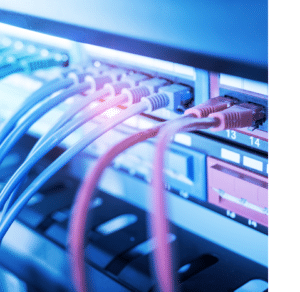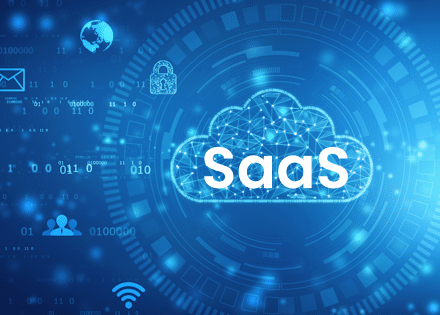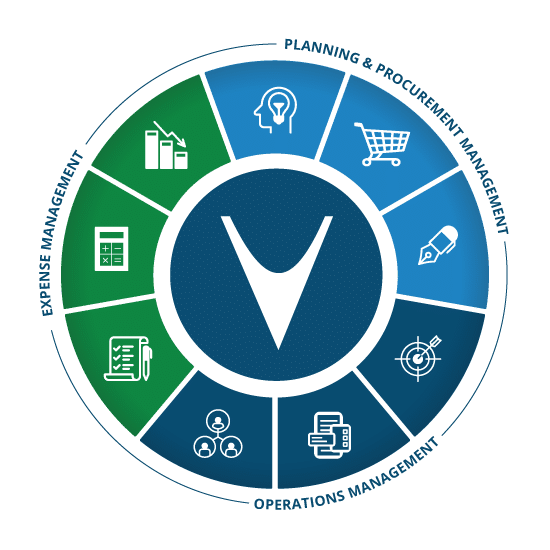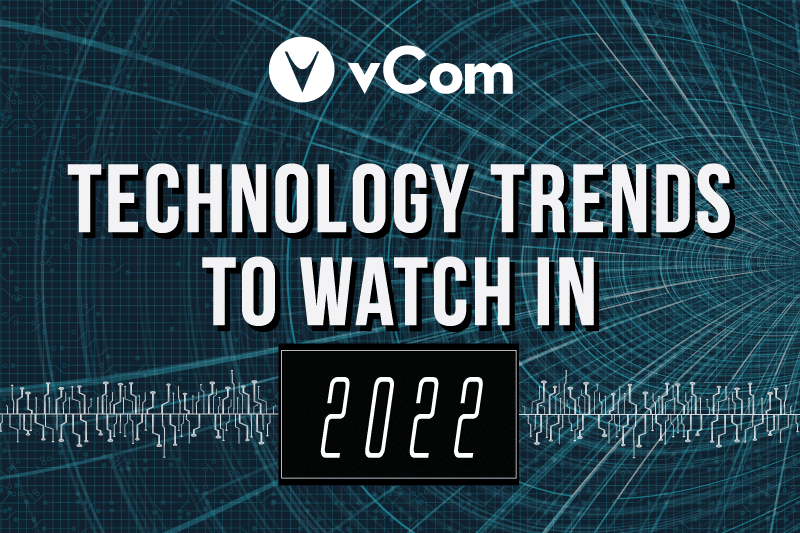And just like that, another year is behind us and a new one is upon us. Who would have thought that by the end of 2021, NFTs, Blockchain, and the Metaverse would become household words?
Technology and IT continue to evolve and confound, solving problems yet challenging businesses and consumers to keep up. More than ever, the plethora of IT solutions and providers drives the need for tools and expert resources to help organizations manage the planning and procurement of those services; the ongoing operational management; and taming the expenses associated with them. This is exacerbated by the shortage and high attrition rates of IT talent. Here’s a look at what we see happening in our world of IT in the coming year:
Networks
The network is dead. Long live the network. Three themes that started in 2021 are sure to continue in 2022:

- The trend of private IP networks being supplanted by public Internet networks will continue, with businesses leveraging technologies like SASE and SD-WAN to create their own SLAs (by using multiple broadband options rather than relying on one vendor) while implementing technologies that fortify and secure their networks. More on SASE later. Bandwidth reigns supreme, with the push from HD-video and real-time collaboration, both at the office and at the home. Several providers have touted higher capacity connectivity, with 10G becoming affordably mainstream for some of the largest carriers.
- The sunset of traditional TDM networks will continue to drive fast migration to alternate technologies. POTS Replacement solutions are aplenty, but supply-chain and hardware availability make it challenging for vendors to keep up with demand.
- Meanwhile, Satellite providers like ViaSat and SpaceX continue their quest to populate enough satellites to offer real broadband alternatives to consumers and businesses alike. Gartner says: “By 2027, low orbit satellites will extend internet coverage to an additional billion of the world’s poorest people, raising 50% of them out of poverty.” Upset astronomers will have to take a chill pill!
Mobile
We see two trends happening in 2022 in the move to ubiquitous 5G:

- Supply chain issues that plagued the second half of 2021 will continue to impact 5G adoption in the first half of 2022. Consumers’ and businesses’ adoption of 5G handsets will be predicated on device availability, with chipset shortages making matters worse, despite operators pushing more 5G coverage and expanding their network capabilities. Similarly, IoT-enabled products, from appliances and automobiles to consumer electronics, may see further delay or be overpriced, thereby impacting the IoT growth trajectory.
- Notwithstanding the supply chain challenges, solution providers will further innovate and launch solutions that take advantage of the power of 5G, to offer alternatives to traditional networks. NTT for example has already launched a private 5G solution across 40 countries, offering customers with campus environments (universities, healthcare centers, biopharma, and manufacturing) an end-to-end solution with “security, connectivity, device and edge management, application deployment, big data analytics and deep back-office integration.”
Collaboration
Businesses must evolve further in 2022 when it comes to enabling a work-from-anywhere strategy. Gartner estimates that “75% of hybrid or remote knowledge workers say their expectations for working flexibly have increased, and four out of 10 employees are at risk of leaving if you insist they return to an in-person office environment.”
We’re already seeing providers respond with new technologies that enable hybrid and remote collaboration, like automated meeting transcription and captioning in real-time. Microsoft’s Q4-2021 Teams release included new functionality like enhanced whiteboard, live transcript in unscheduled meetings, and better breakout management. Meanwhile Zoom implemented hybrid-specific solutions like Hot Desking that will allow employees to reserve desks and spaces in offices and will include an interactive map and easy authentication. This trend will continue well into 2022 to enable the distributed workforce. We also expect to hear from collaboration hardware manufacturers about new solutions, with the holy grail of bridging the gap for better hybrid meetings.

Hardware
The two trends we’re watching in 2022 center around getting more out of your hardware investment:

- The supply chain issues, particularly around chip shortages that have affected 5G adoption and device availability, will also have an impact on network hardware availability. This may revive the discussions about Network Function Virtualization (NFV) as a viable alternative, with one device supporting multiple functions (router, firewall, SD-WAN, secure edge, and application performance management), coupled with cloud policy administration and control.
Cloud Infrastructure

The main topic on the minds of IT and Finance heads in 2022 is cost containment: How to manage the growing cloud assets, the confusing invoices, and the growing price tag of these digital services that enable dynamic growth. 2022 will also see growth of cloud PC solutions, enhanced VDI experiences, and more tools that will make it easier to work from anywhere. We see the “great resignation” and high demand for IT folks push more cloud adoption and more outsourcing.
SaaS

With most B2B seller interactions having moved to remote or digital (according to McKinsey & Company), not to mention some of the same levers pushing Cloud growth—i.e. the distributed workforce and ensuing drive to digital transformation—the SaaS industry is slated to grow again in 2022. The challenges of supply chain will create opportunities for new SaaS applications that will help create efficiency and avoid some of the problems we’re experiencing globally. “The world will be more efficient, resilient, and sustainable because of the operational efficiencies gained with the rise of modern supply chain software companies,” say Mike Droesch and Alice Deng of Bessemer Venture Partners. Along those lines of creating resiliency and better visibility, and to address similar concerns around growing costs that plague the Cloud market, we see more IT and Finance organizations adopting tools and seeking support to get their SaaS spend under control in 2022, to ensure better understanding and have a clear accounting of who has what, and what the actual SaaS costs are, down to the employee level.
There you have it. Of course, the impact of government programs and activity will also have a bearing on how technology and IT evolve in 2022. It remains to be seen how the 5G and airlines “standoff” plays out. We’re watching closely if the government comes up with any new ways to address the supply chain challenges plaguing the industry and affecting growth, or clever solutions to counter the ever rising inflation. It will be interesting to see whether network operators continue their refocus back on the network and shedding of other assets in 2022. Lastly, it remains to be seen whether any change to the tax code would get through congress, and what its impact would be on large technology providers.
At the end of the day, someone still has to manage the design, sourcing, and managing the contracts to acquire these IT assets; someone needs to order, inventory, and support these assets; and someone needs to manage the invoices, cost allocate them, and report on them to ensure they’re fully optimized and tracked. Enterprises, more than ever, need tools, subject matter experts, and smart means of managing this Top 4 corporate expense in order to remain competitive.



